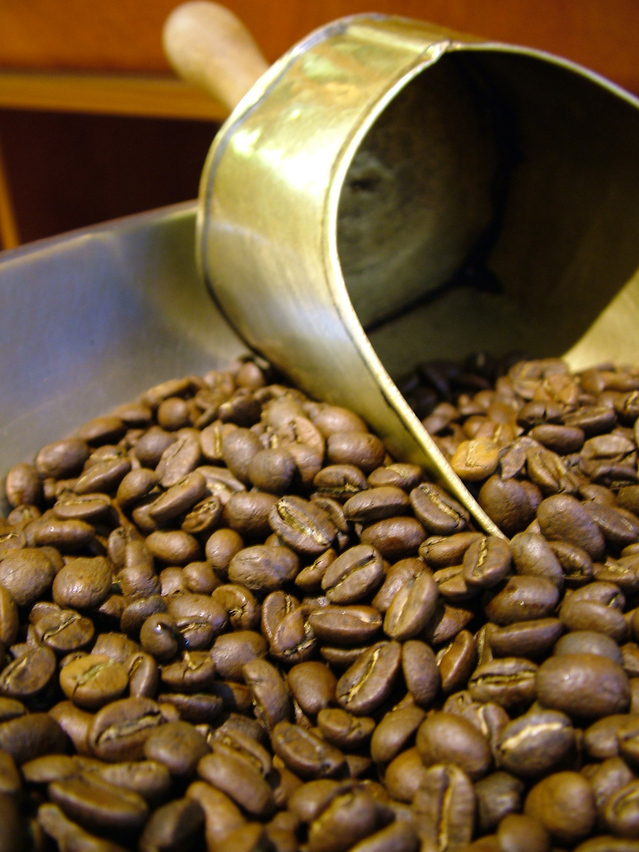
Coffee is the second most traded commodity on earth (right under crude oil), and is consumed by millions every day in America. It has been around for over eleven centuries, and has a history of being banned 3 different times.
Brazilian coffee beans make up about 1/3 of the world’s coffee. Most of those beans are what’s considered a commercial brand. Twenty five million people are employed by the coffee industry worldwide, because it is such a popular drink and is important for other uses as well.
Many people start their day with coffee, but they don’t know much about the drink itself. Have you ever wondered about the quality of your cup of Joe? Do you ever wonder what the grade of your coffee is, and if it matters?
Here, the coffee grading system is explained; we will thoroughly be explaining how to grade coffee beans but it is important to note that there is no official global grading system. Different varieties of beans are exported by different countries, and they can be graded as desired. There are certain aspects of the grading coffee beans systems that are similar, however, regardless of location.
Grading Criteria For Coffee Beans
Criteria to grading coffee beans includes, but is not limited to, the altitude of their growing region, the region they were grown in, the preparation method, shape, and color.
Grading also is dependent on detecting imperfections, if there are any. Additionally, the plant that produces the beans’ botanical variety can be a factor in grading.
The taste that the bean gives is taken into consideration as well. The characteristics of the flavor and “density” of taste are also noted.
In a batch of coffee beans, there are many types of defects that can be found. This can include unripe beans, bean shells, pest damaged beans, black beans, crushed beans, and much more.
Screening Method
The screening method for grading coffee been sounds simple, but takes a lot into consideration. Coffee gets graded by placing the sorted green, hulled beans over screens that have different sized holes.
The beans stay on each screen and are weighed. The percentage of the total is then recorded. After that, the coffee is then roasted and put in a cup, in order for the characteristics to be evaluated.
There is a theory that coffee beans grown at high altitudes are more dense and bigger, which leaves them with a better flavor profile. This theory is how the coffee screening method was established.
From this theory, it was deduced that there is a correlation between the size, density, and quality of the bean. Of course, there are exceptions to the theory, but the main objective is to produce beans that are uniform in size. This will produce an even roast and make a great cup of coffee.
Grade 1: Specialty Grade Coffee Beans
This is the highest grading for beans, and is associated with specialty coffees. There should be no inherent defects with this batch of beans.
There will also be no damage from insects. If defects do appear, there should be no more than three. These beans also have no “quakers”, which means beans that are unripe or poorly roasted.
Grade 2: Premium Grade Coffee Beans
This is what you are most likely drinking daily, and it is the second highest grade. These beans are similar to the coffee beans that are Grade 1, but they are allowed to have a maximum of three “quakers”, and no more than eight imperfections.
Grade 3: Exchange Grade Coffee Beans
These beans are allowed to have five “quakers”, which gives the coffee more bitterness. This grade of beans cannot have more than 13 defects, and must have no major faults.
Beans that sit between six to thirteen defects are classed as a Grade 2/3. Supermarket brands use this grade of beans for their coffees. This is also the grade for most Brazilian coffee beans.
Grade 4: Standard Grade Coffee Beans
This grade is given to most standard coffee beans. Per 300 grams, they can have 24-86 defects. This is not the best coffee to consume.
Grade 5: Off Grade Coffee Beans
These beans have 86 or more defects in a batch. This is coffee that you do not want to consume.
Grading Coffee Beans Conclusion
Now that you know this information, your morning cup of coffee may seem more special to you now. Its gone through a pageant-like process before getting to you, ensuring that you get the best of the best.
Coffee beans pass a series of tests and screenings so that you can enjoy your morning and get through the day easier. The coffee grading system is the perfect conversational topic for the next time that you share a cup with someone.